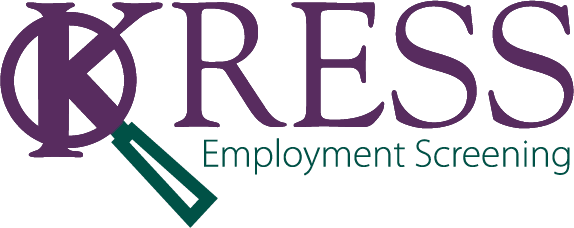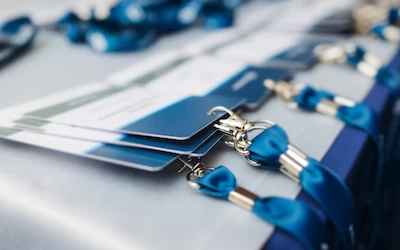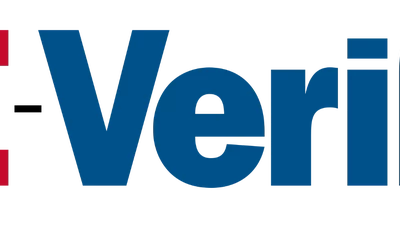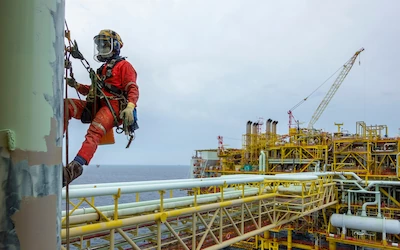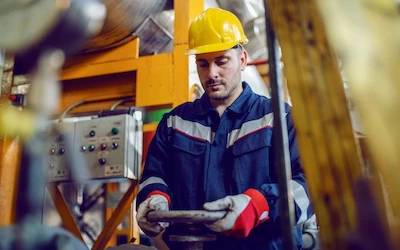In the oil and gas sector, background checks aren’t just a formality; they're a safety tool. A good oil and gas background check is designed to protect lives, equipment, and comply with the law by ensuring every worker is qualified, drug-free, trustworthy, and safe to deploy. Here is an example of what to look for in an oil and gas background check:
Search | What? | Why? |
SSN trace, address history, and Global ID validation |
| |
County, state, and federal criminal checks |
| |
| Drug & Alcohol Testing | DOT-compliant pre-employment and random drug screens |
|
| Employment Verification | Verification of prior work history and roles |
|
| Education & Training Verification | Confirmation of degrees, certifications, or trade school credentials |
|
| Motor Vehicle Records (MVR) | Driving history review |
|
| Professional License Verification | Validation of specialized licenses (engineers, welders, inspectors) |
|
| Global Sanctions & Watchlists | Screening against international sanctions and terror watchlists |
|
| Social Media & Reputation Screening (Optional) | Review of public online activity |
|
| Continuous Monitoring (Optional) | Ongoing alerts for new criminal activity or license expirations |
|
Why It’s Different from Other Industries
Oil & gas background checks are stricter because:
- Jobs are safety-sensitive (high injury/fatality potential).
- Sites involve hazardous chemicals and explosive environments.
- Workers often operate in isolated or international locations, making pre-screening critical for trust.
- Compliance requirements (DOT, OSHA, MSHA, Coast Guard, and sometimes TSA for port access) mean screening isn’t optional; it’s a baseline expectation.
Need help with your background checks? KRESS designs background screening programs around the standards your industry uses. That’s why we’re a preferred vendor for NABSC, NASAP, and ExxonMobil, so when we say someone’s site-ready, you can put them to work with confidence.
View other Downloadable Resources



